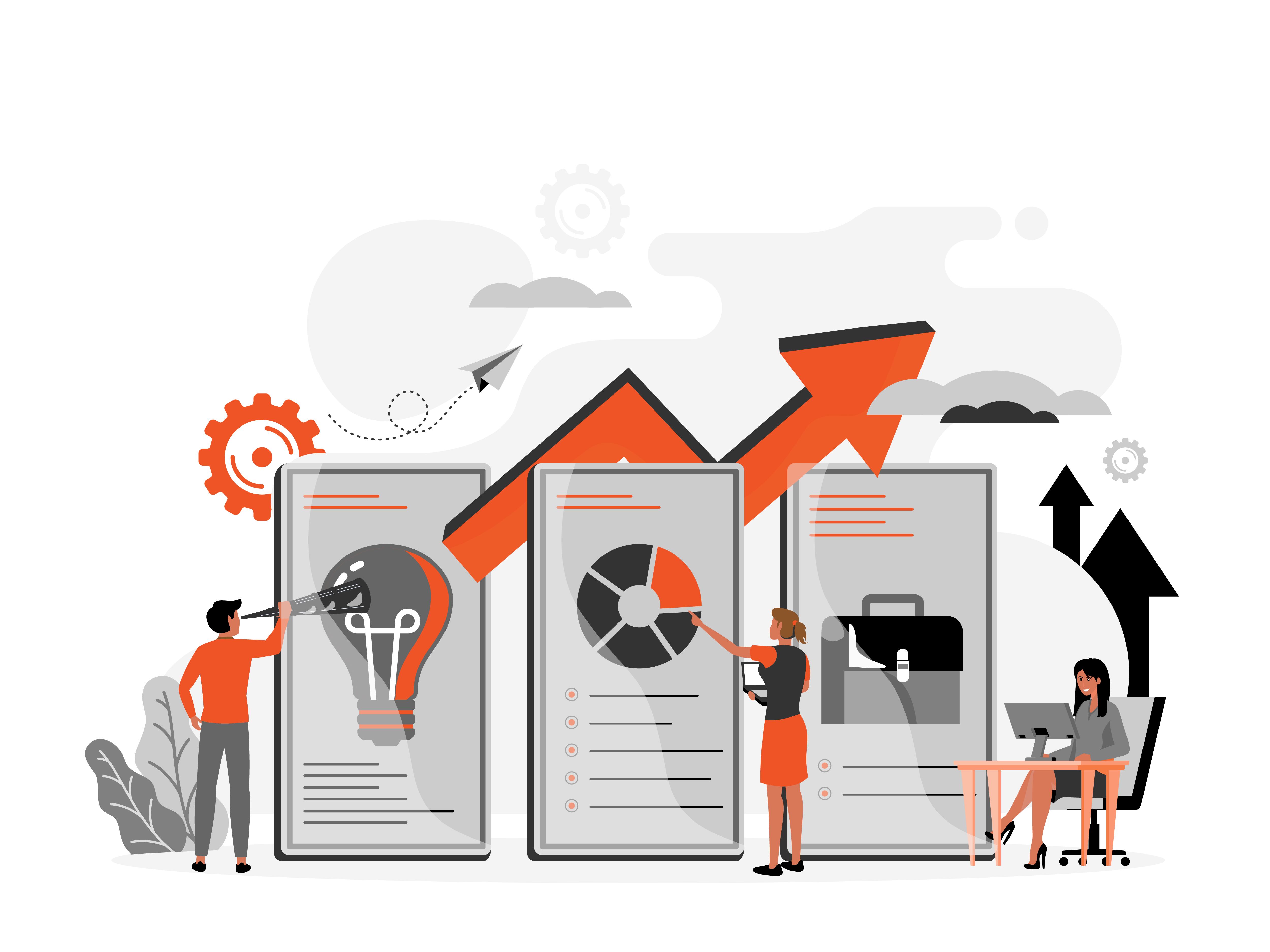In the fast-paced digital landscape, one thing remains constant – change. The recent sunset of Umbraco 7 on September 30th, 2023, has left companies using this framework in a precarious position. As a company specializing in custom software development services, we understand the gravity of this situation and are here to provide you with a clear perspective on the challenges and potential solutions.
Picture this: your company’s website, the digital face of your business, is built on the Umbraco 7 framework. It’s served you well, but as of September 30th, 2023, Umbraco 7 has been fully sunsetted. What does this mean for you? It means that Umbraco will no longer support updates to address new flaws, bugs, or security vulnerabilities. In essence, you’re left exposed to a host of potential disasters, including data breaches and the nightmare scenario of a site that can’t be brought back up – permanently.
This predicament is akin to playing a high-stakes game with no margin for error. Your business’s digital infrastructure, which might have been working seamlessly for years, is now exposed to extreme risk. The urgency of addressing this issue cannot be overstated. It’s a matter of when, not if, a security vulnerability or fatal flaw will be exploited.
The logical question that arises is: what can you do to mitigate these risks and ensure the continued stability and security of your digital presence? The answer is not as straightforward as it may seem.
Umbraco 8, the immediate successor to Umbraco 7, is vastly different, requiring a substantial plan and engineering effort to migrate to. This is particularly challenging for organizations with websites built on Umbraco 7, as the transition to Umbraco 8 necessitates a team of skilled “.net” engineers who can navigate complex backend issues.
The path to Umbraco 8 is a heavy lift, and it’s essential to be aware of the complexities involved. It’s not merely a matter of running an update; it’s a fundamental shift that requires meticulous planning and execution.
One potential solution is to embark on an incremental upgrade journey. Start by transitioning to Umbraco 8, tackling the most significant hurdle. Once you’ve successfully made the leap to Umbraco 8, you can then incrementally update from 8 to 9 and eventually from 9 to 10.
While this approach can be a smoother way to navigate the transition, it still demands a deep understanding of the intricacies of Umbraco and .net. It requires the expertise of developers who can not only do the heavy lifting of upgrading your site to Umbraco 8, but also adapt it to the changes and enhancements introduced in each new version of Umbraco.
Another viable option, albeit a more radical one, is to consider rewriting your entire website on an entirely new framework, such as REACT. While this may seem like a significant undertaking, it offers some distinct advantages.
Firstly, it provides a clean slate, allowing you to shed any legacy baggage and start fresh with a modern, future-proofed framework. This approach also opens up possibilities for enhancing user experience, performance, and scalability. Moreover, by choosing a well-supported framework, you reduce the risk of future obsolescence.
However, a radical rewrite is not without its challenges. It requires a significant investment of time, resources, and expertise. You’ll need a skilled development team that is well-versed in the chosen framework to ensure a successful transition. Additionally, the migration of existing content and functionalities must be carefully planned and executed.
Now that we’ve explored the possible solutions, let’s revisit why this issue matters to you. The Umbraco 7 sunset isn’t just a technicality; it’s a looming crisis waiting to happen. Consider the potential consequences:
In the face of a sunsetted framework, there is no room for complacency. Doing nothing and sticking with Umbraco 7 is not a viable option if you value the security and stability of your digital presence. The Umbraco 8 upgrade, while challenging, is a path worth exploring, especially when done incrementally with the guidance of experienced developers. Alternatively, the radical rewrite approach offers long-term benefits but requires a significant commitment of resources and expertise. The choice between these options will depend on your organization’s specific circumstances, goals, and available resources.
The key takeaway is this: seek expertise. Whether you opt for an upgrade to Umbraco 8 or a complete rewrite, the success of your transition hinges on the knowledge and skills of the development team you choose to work with. They will be your partners in navigating this critical juncture.
The Umbraco 7 sunset is a stark reminder that the digital landscape is in a constant state of flux. What worked yesterday may not work tomorrow, and inaction can lead to disastrous consequences. As decision-makers in your organization, you hold the responsibility of safeguarding your company’s digital future.
Act now, because the longer you delay, the greater the risk becomes. Whether you choose the incremental upgrade path or the radical rewrite option, the crucial step is to engage with experts who can guide you through this complex process.
In this time of crisis, remember that you’re not alone. As a company specializing in custom software development services, we are here to support you in your journey towards security and stability. Together, we can ensure that your digital presence not only survives but thrives in the ever-evolving digital landscape.
Reach out to us today at info@reeaglobal.com, and let’s secure your tomorrow.
In the high-stakes world of private equity, effective post-acquisition integration is crucial for maximizing investment value.This complex task involves more than just merging financial statements; it requires a comprehensive blending of systems, cultures, and operational strategies.
